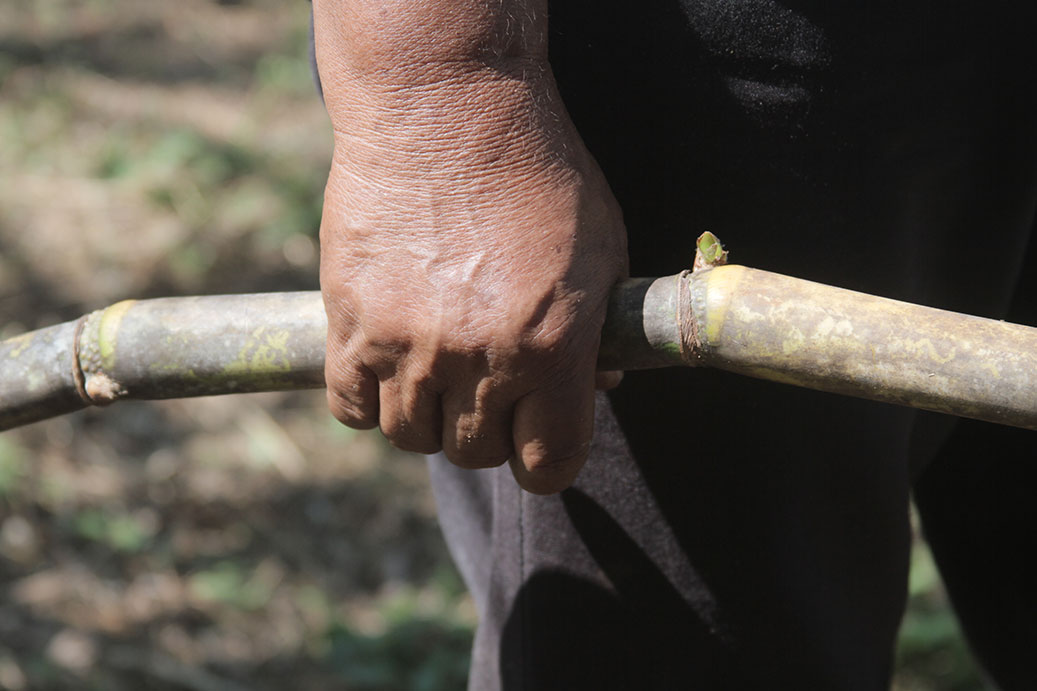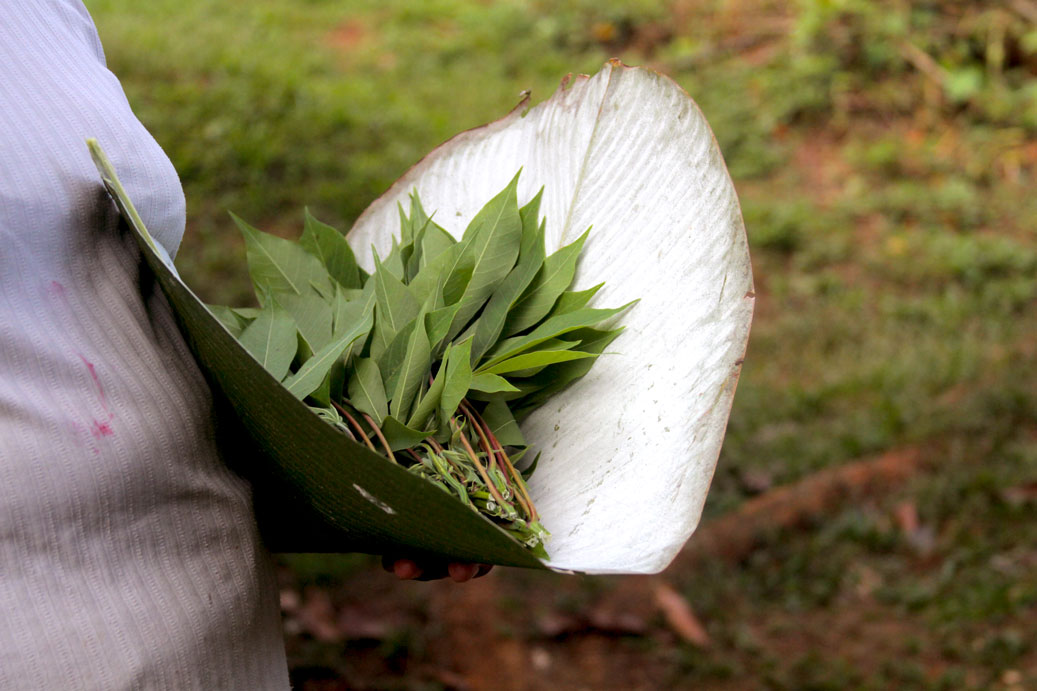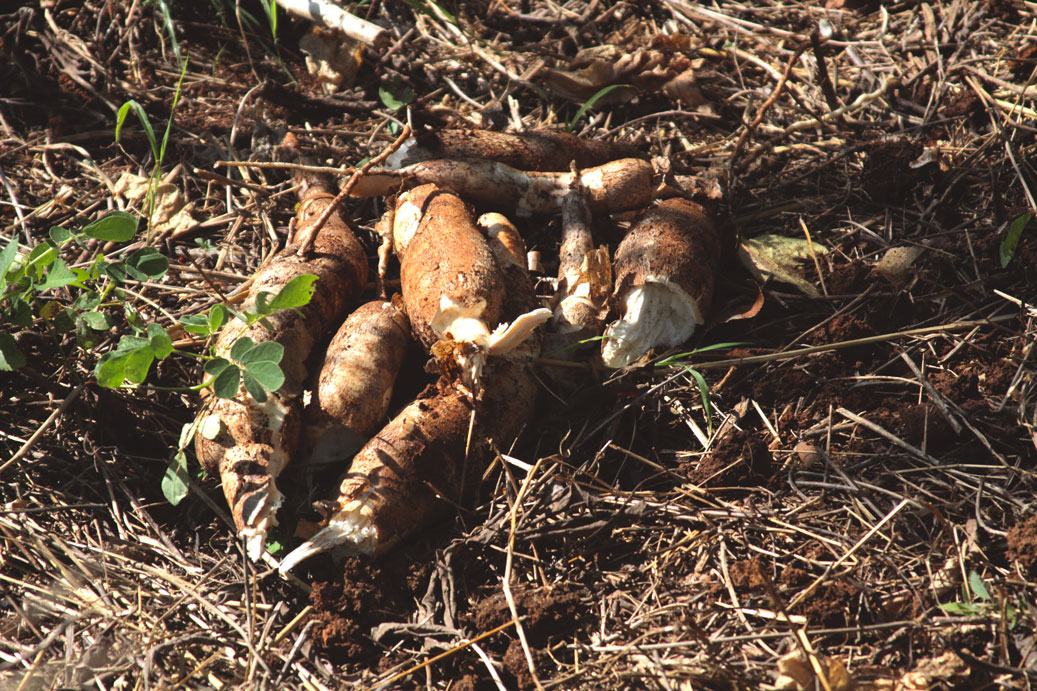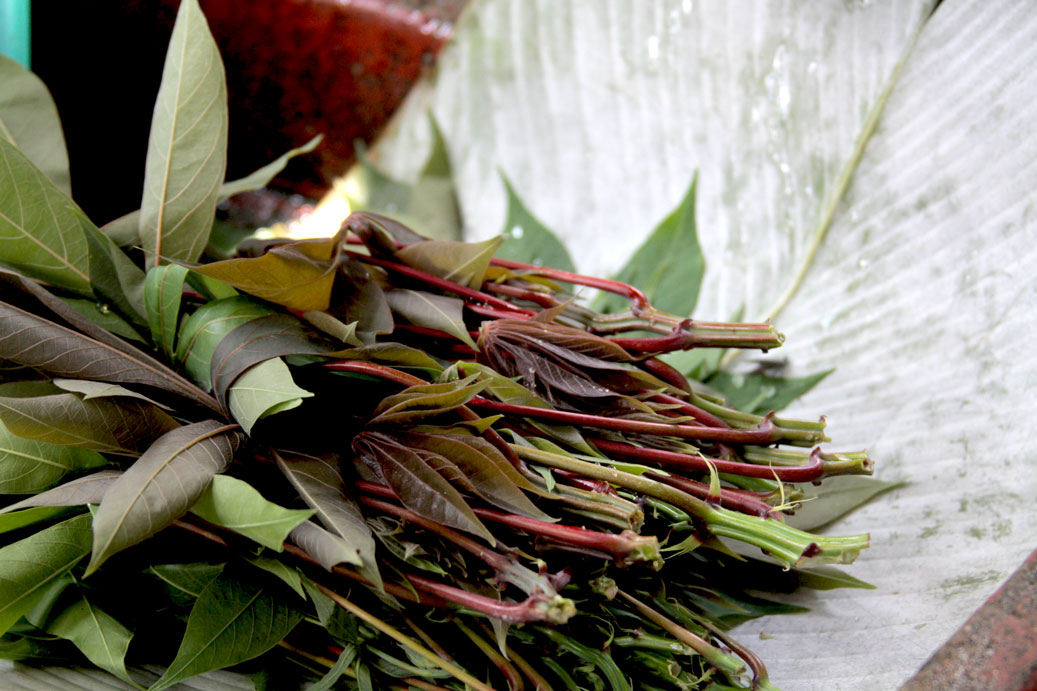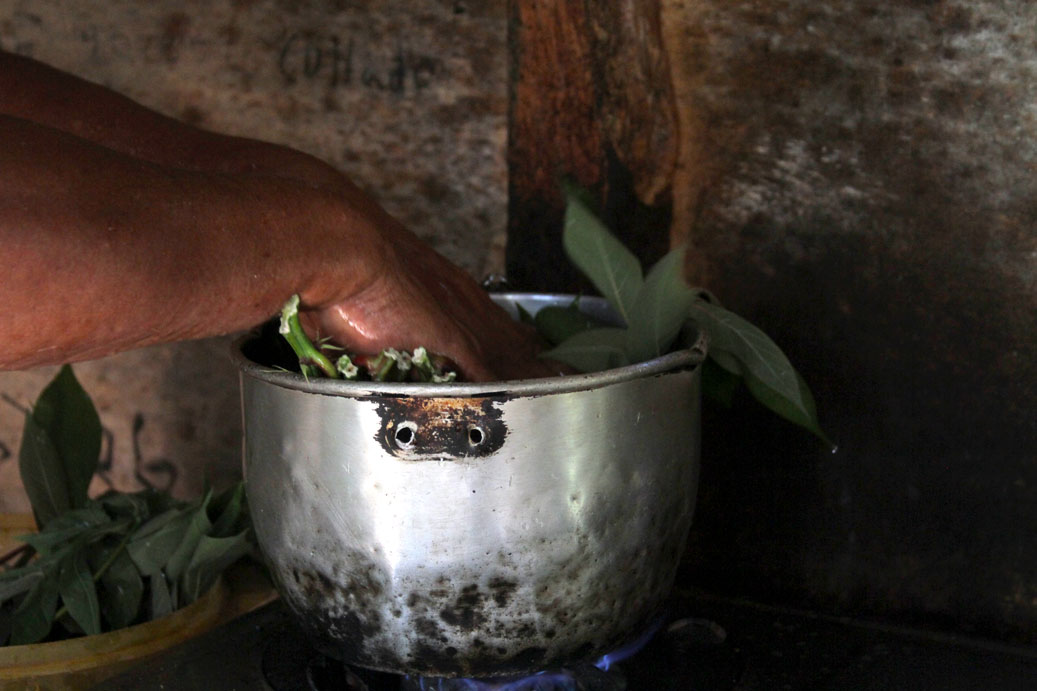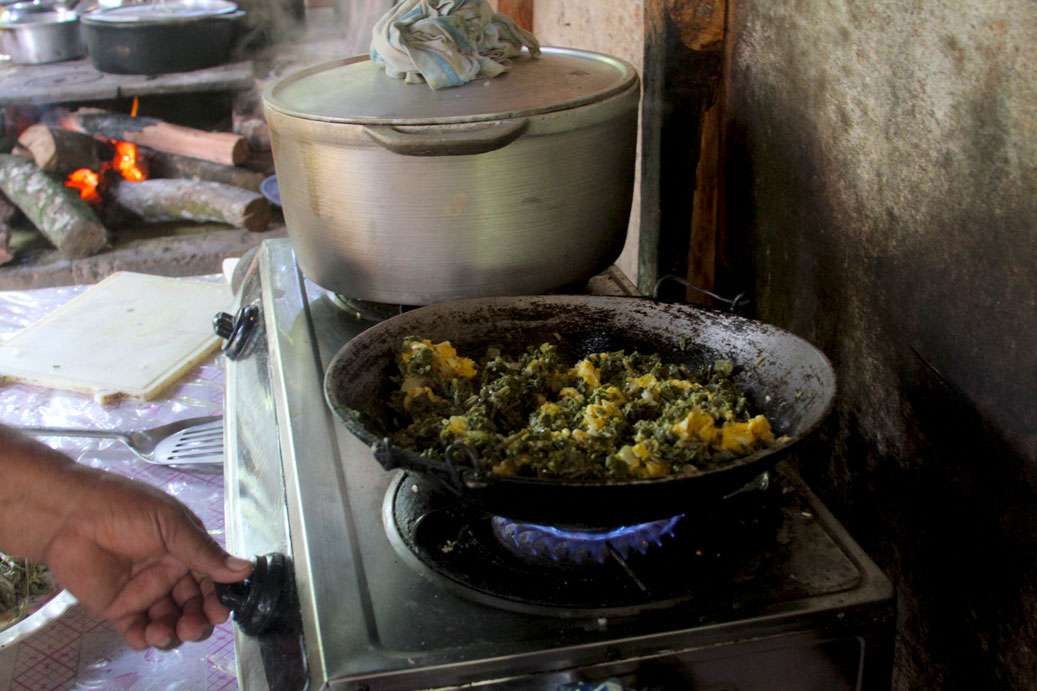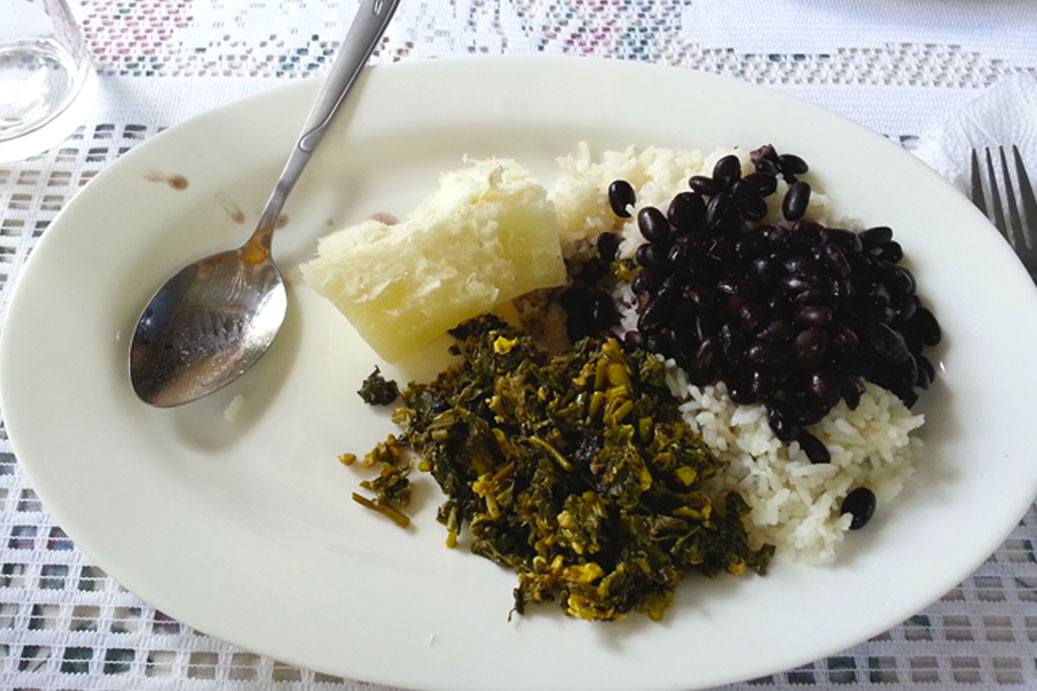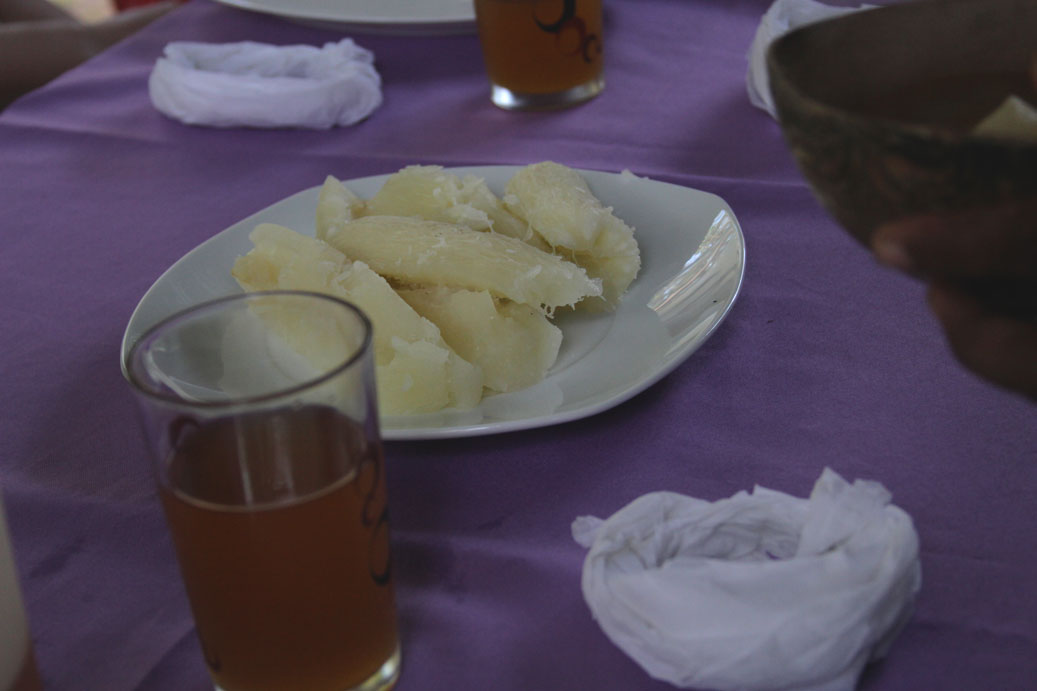
Teribe Indigenous Cultural Association TÉRRABA

SACRED SITES
SPHERES
MADRE TJER
LAGOON
TIGER'S PAW
LANGUAGE
Many believed that the Térraba of Costa Rice had lost the Teribe language because only a few elders still speak it. However, in Panama, there is a group of approximately 3,000 Teribe. There, all ages speak the language on a daily basis. Through the combined efforts of both groups, the Térraba of Costa Rica are rebuilding their knowledge of the language. Some Térraba in Costa Rica have married Teribe from Panama, and these resettled community members also help reinvigorate the language.
Having their own language is a critical part of recovering and maintaining their identity in the face of adversity. With that in mind, the community has been deliberate in its reintroduction of its teaching and has brought a teacher from the Teribe tribe in Panama to the Térraba schools. Eventually, the language will be entirely recovered through this process.
TRADITIONS
The Térraba are a spiritual community with a strong relationship to the Earth. They are protectors of nature, and have fought for hundreds of years to pass on their traditions and legends through the generations. Surviving the Spanish Conquest, the Térraba are proud to have maintained their language and many of their traditions and customs.
SPHERES

Although no one knows for certain the origins of the perfectly symmetrical ancient spheres that are found in the indigenous territories, natives have shared stories through the generations. Legend suggests that the stones were fashioned by their ancestors hundreds of years ago, perhaps with the help of aliens. Although the Spanish took many of the stones during their conquests, several spheres remain intact and in their original location.
TIGER'S PAW

Térraba legend says: Many years ago when stones were soft, unlike today, a priest was traveling from the sea to Talamanca. After a long day of traveling, he decided to take a break, and had his assistant untack his pack mule and allowed him to graze. The priest rested overnight and sent the assistant to retrieve the mule in the morning. After searching for the mule, the assistant finally found its head beside a sleeping tiger nearby. The priest had faith in God and blamed the tiger for his misfortune. The priest demanded the tiger carry his pack to Talamanca in the place of the mule. As a punishment for his actions, the priest required the tiger place his paw on the rock to leave a lifelong reminder of his mistake. After leaving the mark with his paw, the tiger carried the priest’s belongings to Talamanca.
THE BULL AND THE MULE
 during year-end celebrations from December 24 to January 2. The whole town comes together to share in traditional food and drink, and to watch or participate in the game. Each player wears a mask fashioned into an animal of his or her choice. One person wears the mask of a mule; another, a bull. The mule’s job is to get rid of the bull and defend the players. The game is an opportunity for the community to come together and celebrate their history of fighting to maintain their culture.
during year-end celebrations from December 24 to January 2. The whole town comes together to share in traditional food and drink, and to watch or participate in the game. Each player wears a mask fashioned into an animal of his or her choice. One person wears the mask of a mule; another, a bull. The mule’s job is to get rid of the bull and defend the players. The game is an opportunity for the community to come together and celebrate their history of fighting to maintain their culture.
FARMING & FOOD
Agriculture is an important part of the story of Térraba. Through agriculture, they sustain themselves without dependence on outside sources. The Térraba prepare many traditional dishes daily from the crops that they harvest themselves. The fertile lands near the Térraba River allow the cultivation of a variety of fruits, vegetables and medicinal plants.
The staple food in the Térraba diet include rice, beans, plantains, yucca and cacao. Dishes include many variations of other fruits and vegetables found on their farms. Several local farmers keep livestock and milk cows daily. Families consume some of the milk, while the rest is kept to make cheese and sour cream. Rice is a common dish that can be prepared with any meal. It is also used in the traditional dessert, bien me sabe. Térraba also serve thick, handmade corn tortillas with a variety of dishes.
Click on an item below to see how it is prepared.
Click for photos of traditional food of Térraba.
ART
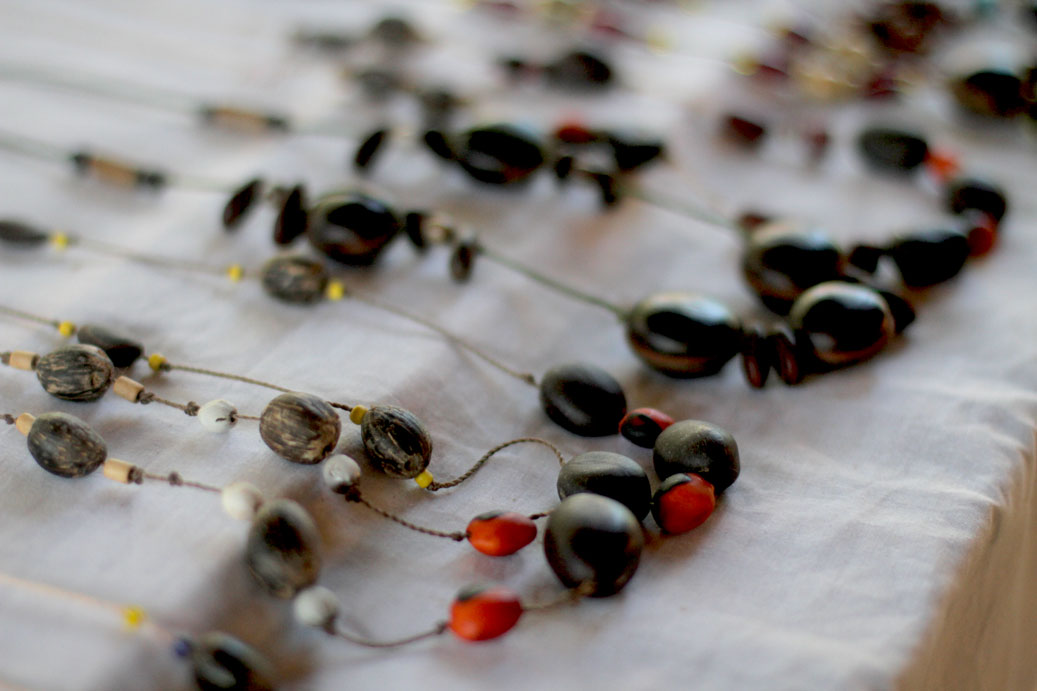
Traditional crafts and art traditions are passed down through the generations. The pieces are crafted by homemade tools out of fallen wood, jicara or seeds. Art can be a powerful means of sharing the Térraba’s spirituality with the world. Many of the works have cultural and historical significance, depicting elves, mystical figures from legends and the mingling of animals and nature.
MEDICINAL PLANTS
The plants are also grown for medicine. Women have been passing the knowledge about traditional medicine down through the generations for as long as the Térraba have existed. Many of the plants have different functions. They are used in teas, mixed into ointments or made into soaps to heal the body.
While the community understands and believes in western medicine and modern birth control, they have maintained that they can stay healthier by first using traditional remedies. Despite many years of repression and disbelief, local hospitals now support traditional medicine, and call upon the town’s elders when modern medicine cannot solve a problem. Doctors have been surprised by the positive results, but the Térraba are pleased that their traditions are valued.
- Cacao
- Anise
- Cotton
- Itabo
- Albajaca
- Zacate de limón
- Monstranto
- Tilo
- Pasmo
- Hojas de strella
- Duate palo blanco
- Hojas de murciellago
- Caña agria
- Hictabo
- Guanabana
- Orange Tree
- Sugar Cane
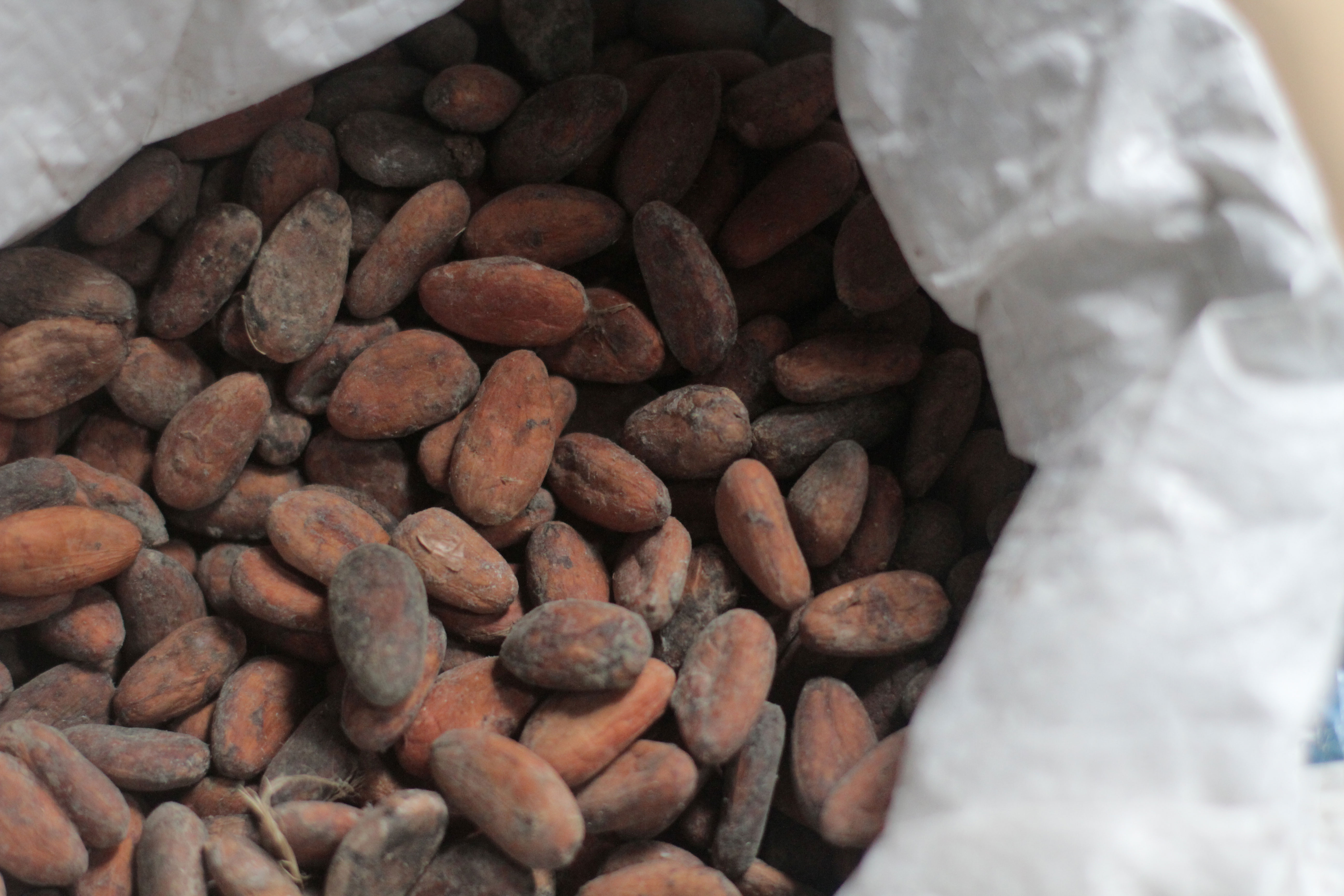
Sunburns
Contains compounds that aid in the protection of UV-induced sunburns. Helps prevent burns when applied to skin prior to exposure to the sun. When applied to a sunburn in the form of cacao butter, the natural fats moisturize and soothe burned skin.Skin
Cacao butter is full of anti-oxidants that allow for it to be used as an anti-aging face cream as well as a moisturizer.Scars
Can be used to prevent scars by allowing the skin to become more elastic, and prevents tearing of tissues.Fever
Cacao extracts can be used as an anti-inflammatory in reducing fever.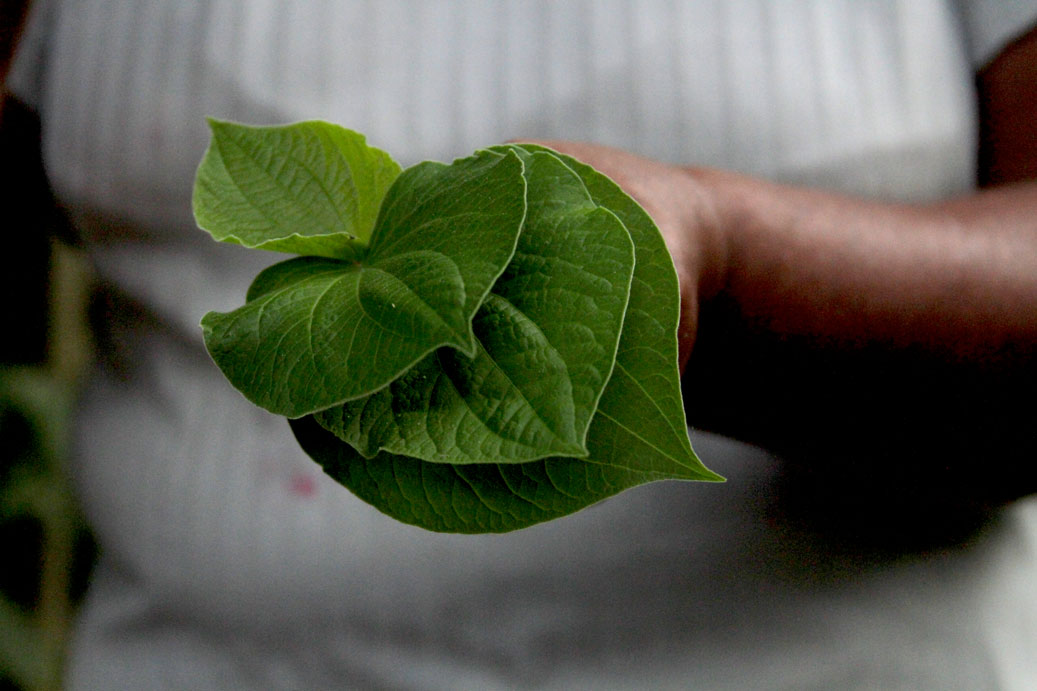
Clean
The natural oils in anise allow for the cleansing of the skin when used for bathing.Iron
According to the Térraba, anise is a good source of iron when consumed. Helps with blood flow.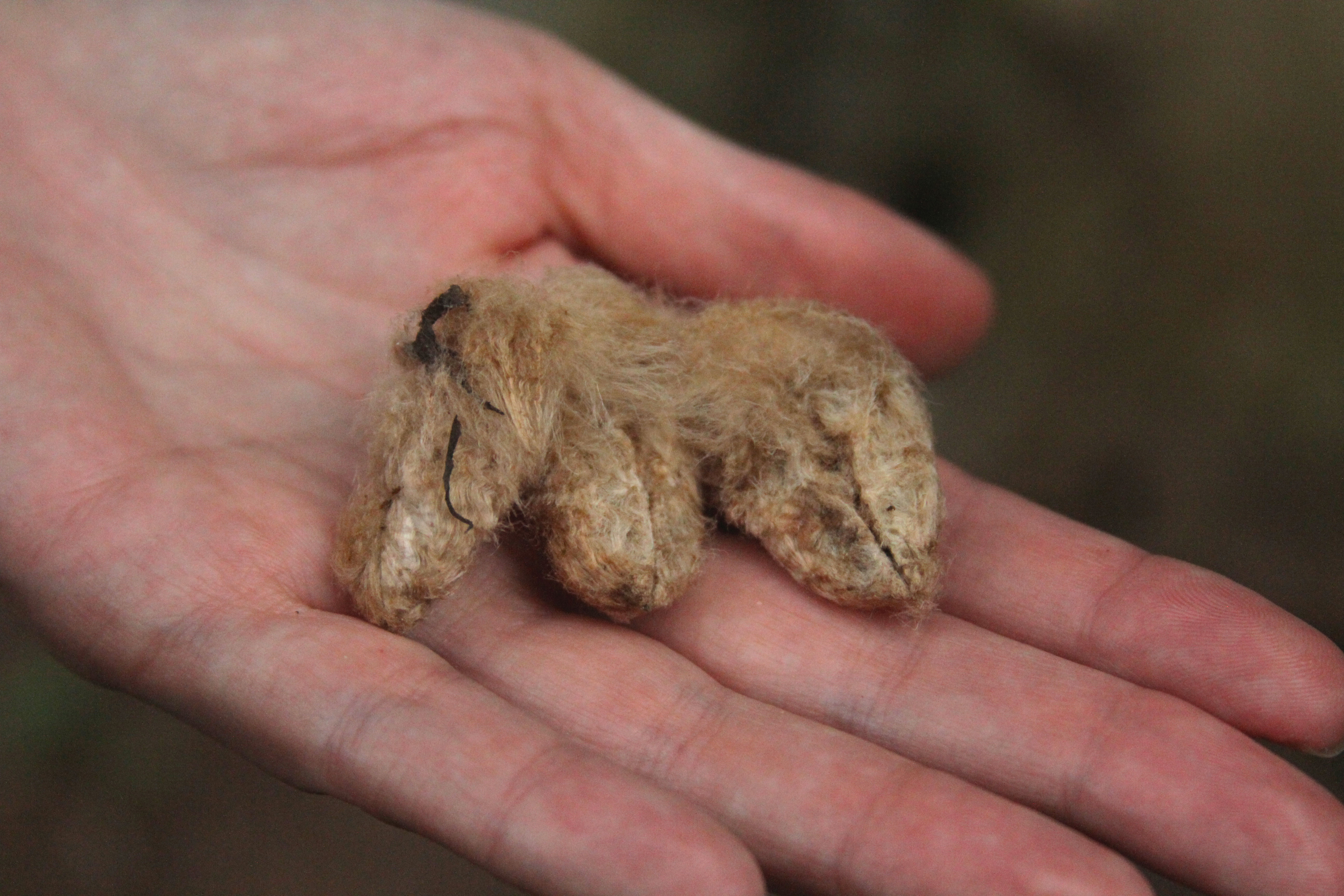
Thread
Cotton fibers are used to make thread that the Térraba use to stitch together wounds.Clean
Used to clean wounds and to bathe babies.
Antibiotic
Contains active compounds that inhibit the growth of microorganisms when the soft leaves are applied to wounds.
Tea
Used to make tea.Antibiotic
Used to inhibit the growth of microorganisms when applied to wounds or consumed as a tea.
Colds
Helps relieve colds when consumed as a tea.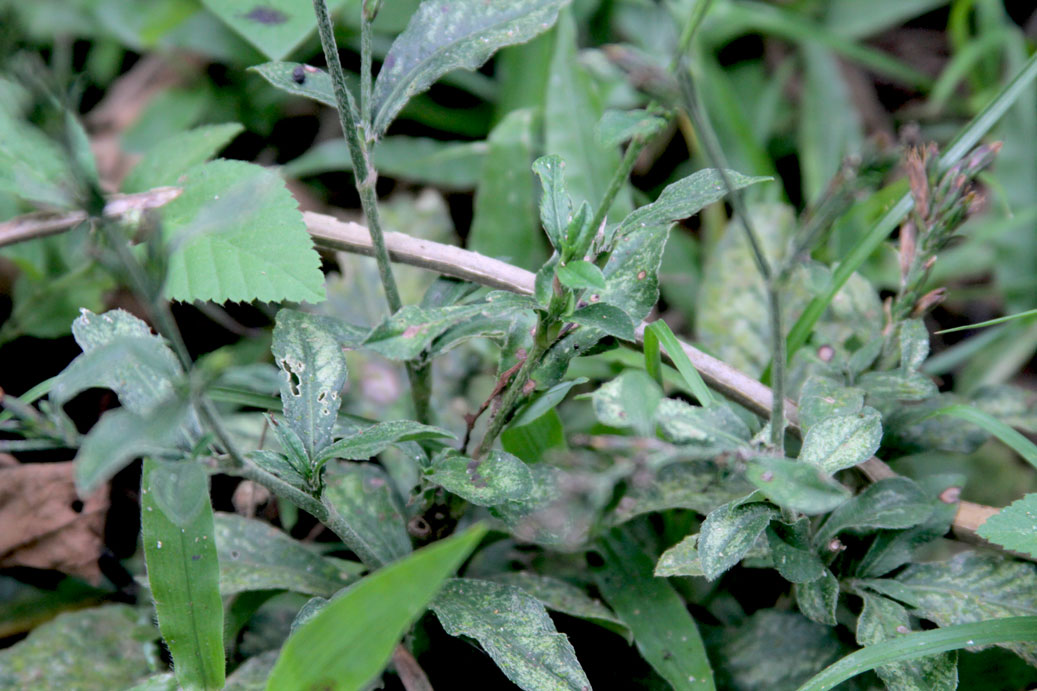
Cough
Helps relieve cough when consumed as with boiled milk or as a tea.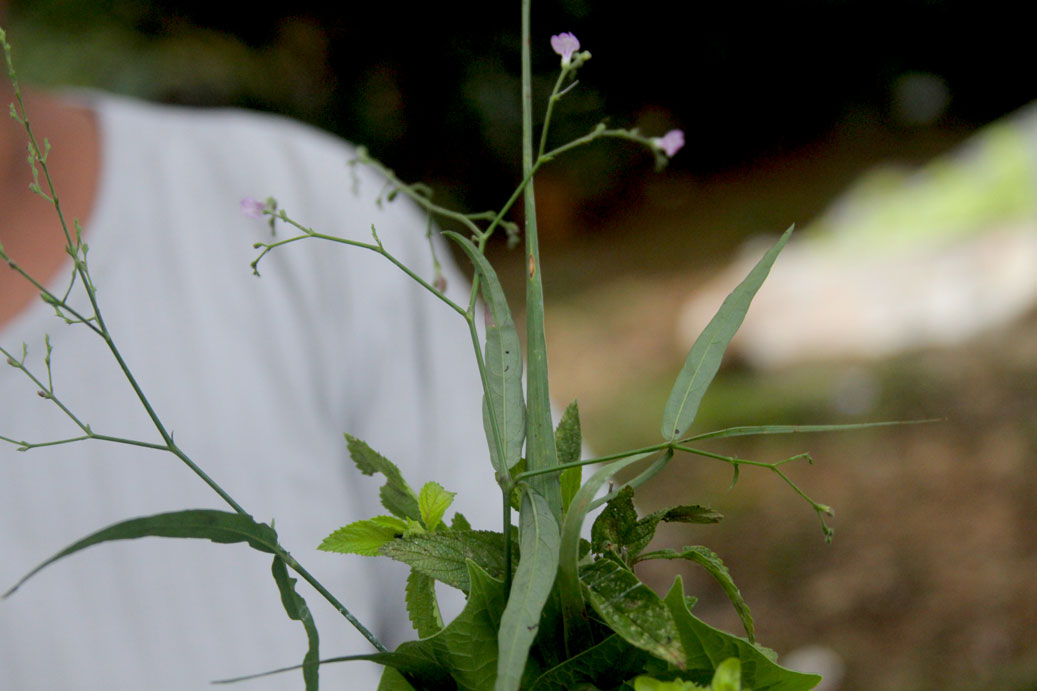
Relaxation
Helps relax the nervous system when consumed as a tea. Great for before bedtime. Contains coumarins, which have been known to aid in many processes such as anti-inflammatories, tumor prevention, and antibiotics.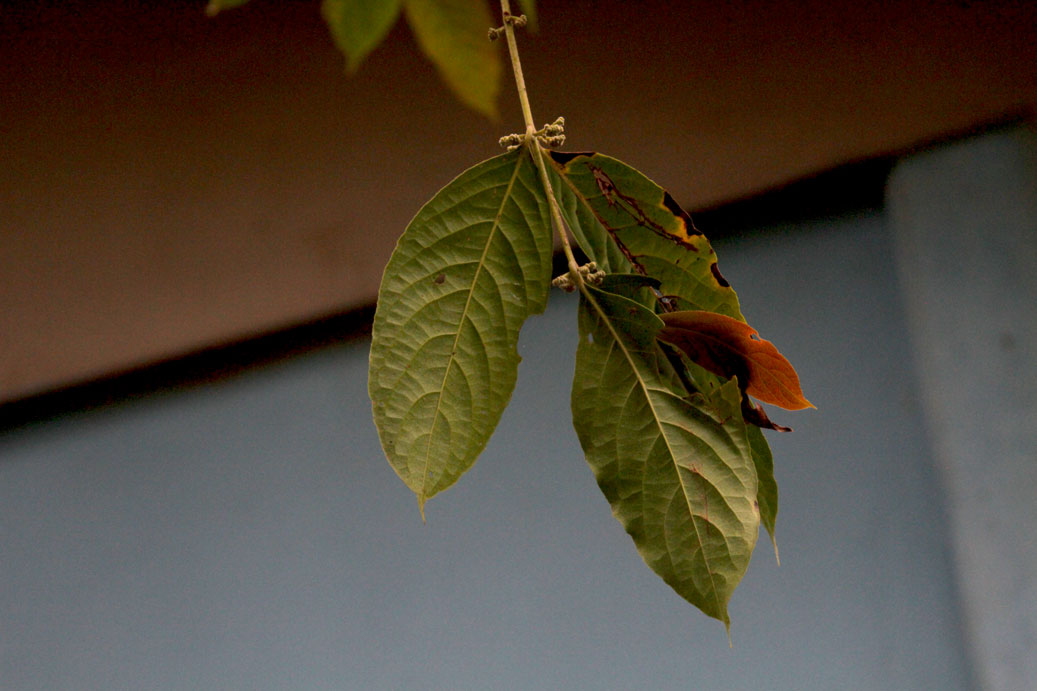
Cleans
Used in bathing.Digestive Issues
Used to help digestion and to reduce gas in the digestive tract. Often used during pregnancy.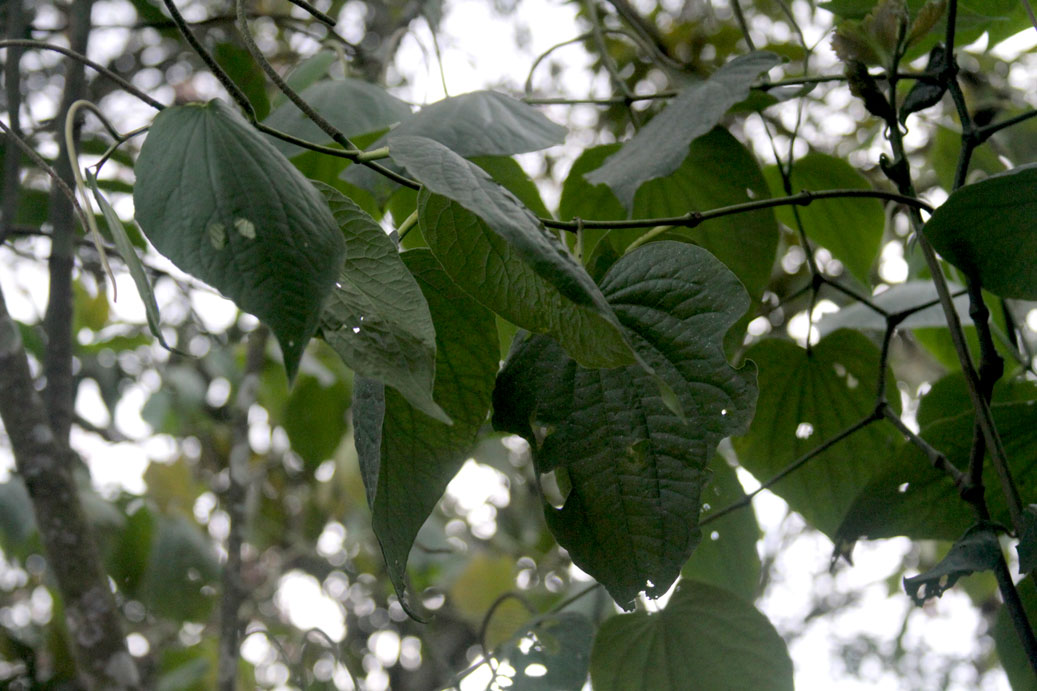
Newborns
Used on the umbilical cord of newborns to speed the healing process.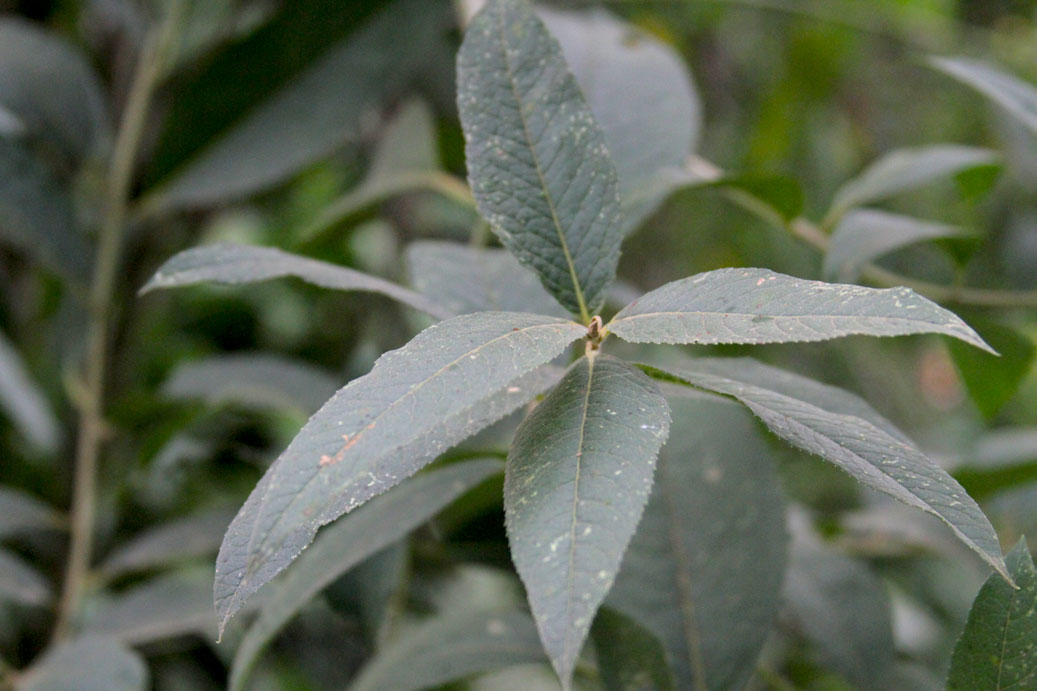
Pain Relief
Reduces headache and toothache pain.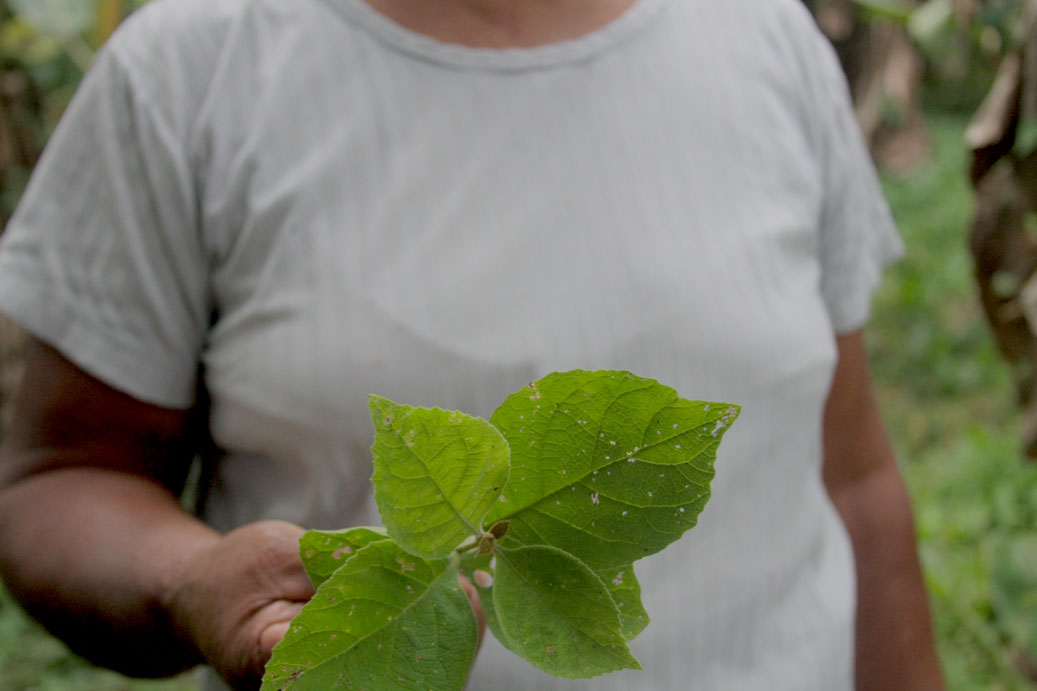
Soak
Used as a foot soak to relax tired feet.Bone Health
Has properties to help increase bone health.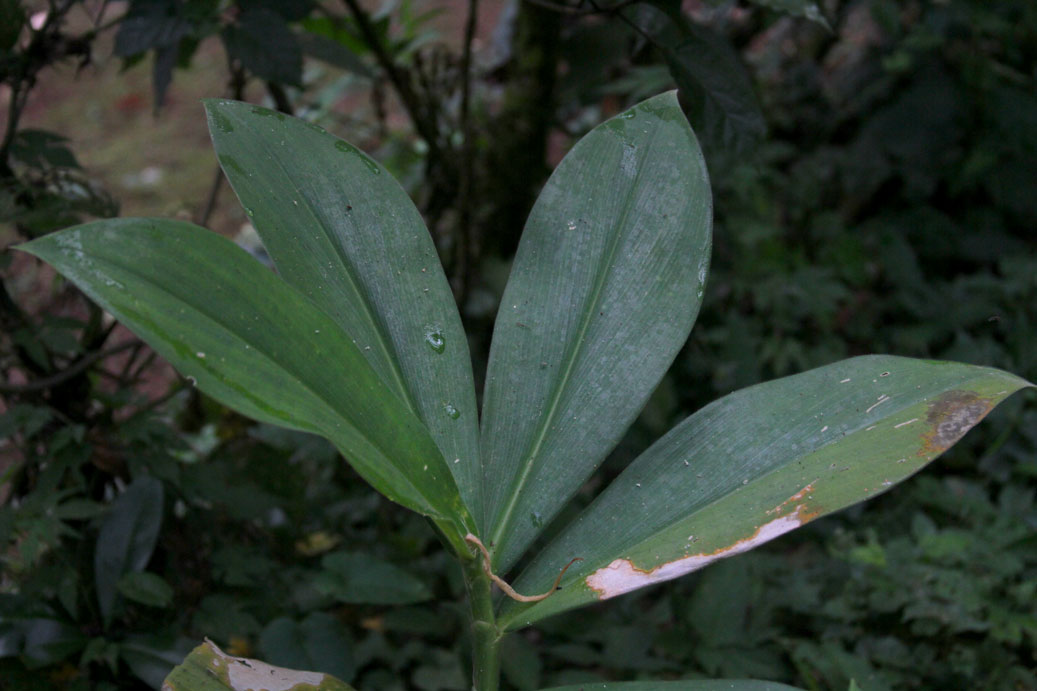
Digestive Issues
Helps relieve digestive issues in the stomach such as bloat, gas, and upset stomach.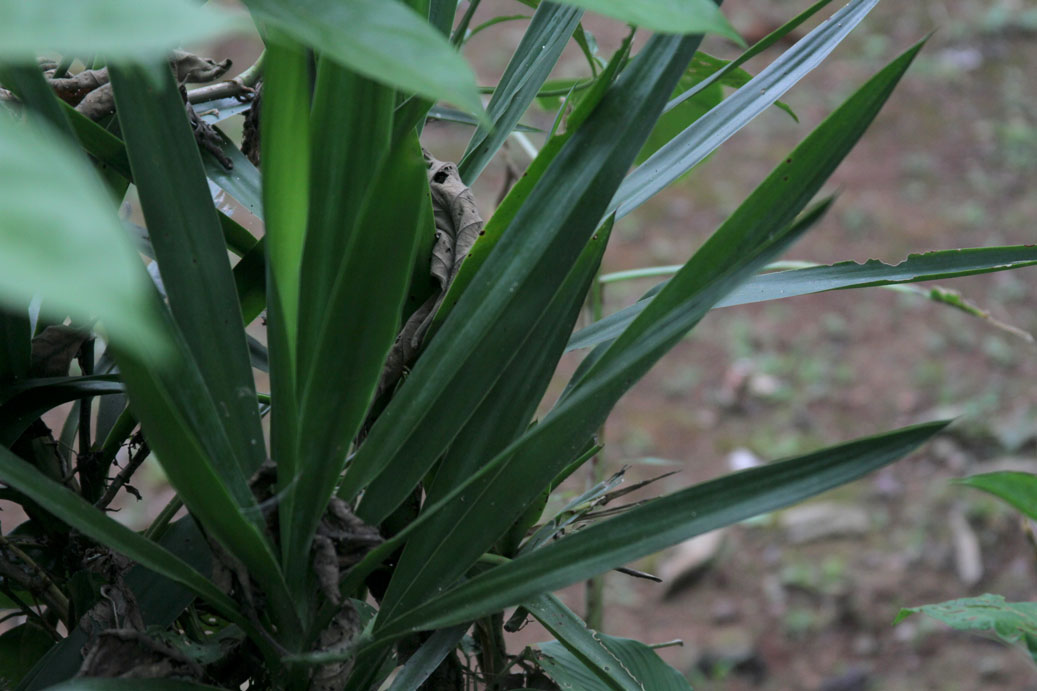
Digestive Issues
Helps relieve digestive issues in the stomach such as bloat, gas, and upset stomach.Prostate Cancer
The Térraba believe that hictabo has anti-tumor properties that help prevent or regulate prostate cancer.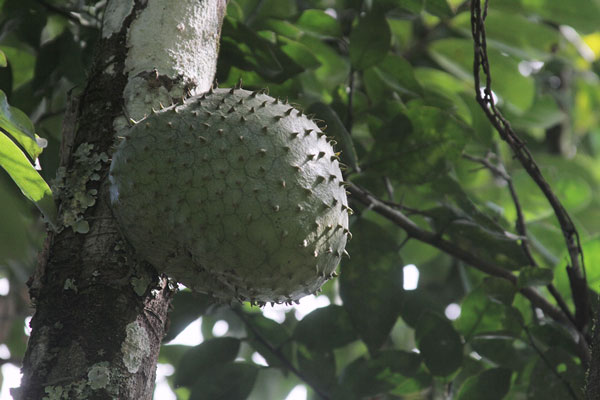
Parasites
Cooked leaves are good for curing parasites in the stomach.Leukemia
Boiled bark is used to help treat leukemia when consumed as a tea.
Infections
Leaves are used to cure infections in the throat.Vitamin C
Fruit are a good source of vitamin C to build a strong immune system.